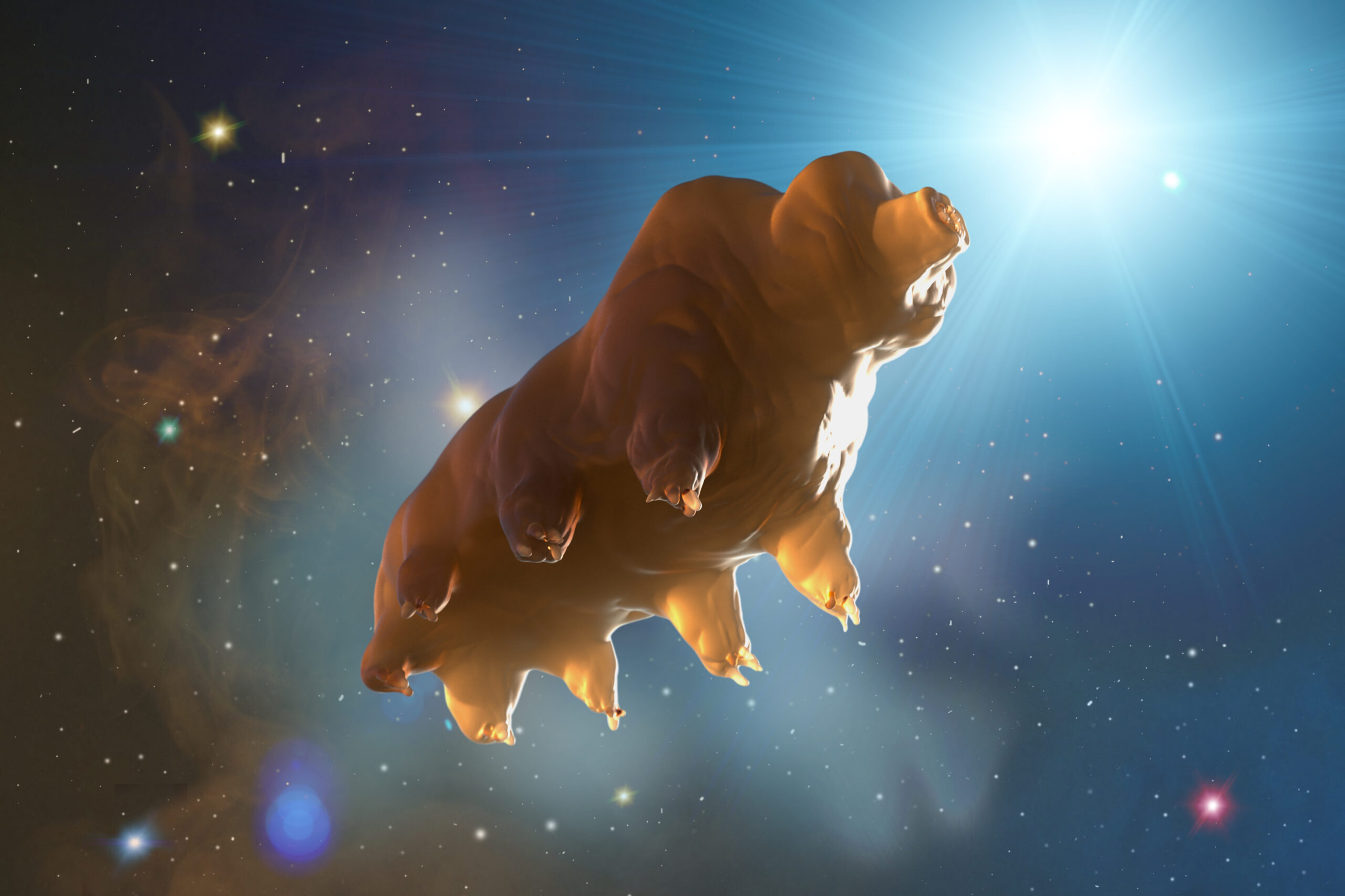In the animal kingdom, size isn’t everything. Yes, we all know lions, tigers, wolves, anacondas and other large animals are fierce predators. But some of the most fearsome hunters come in small packages, proving that big things can indeed come in small packages. These miniature marvels have evolved unique hunting strategies and adaptations that allow them to take down prey much larger than themselves. From the depths of the ocean to the highest treetops, these pint-sized predators are remarkable.
Praying Mantis
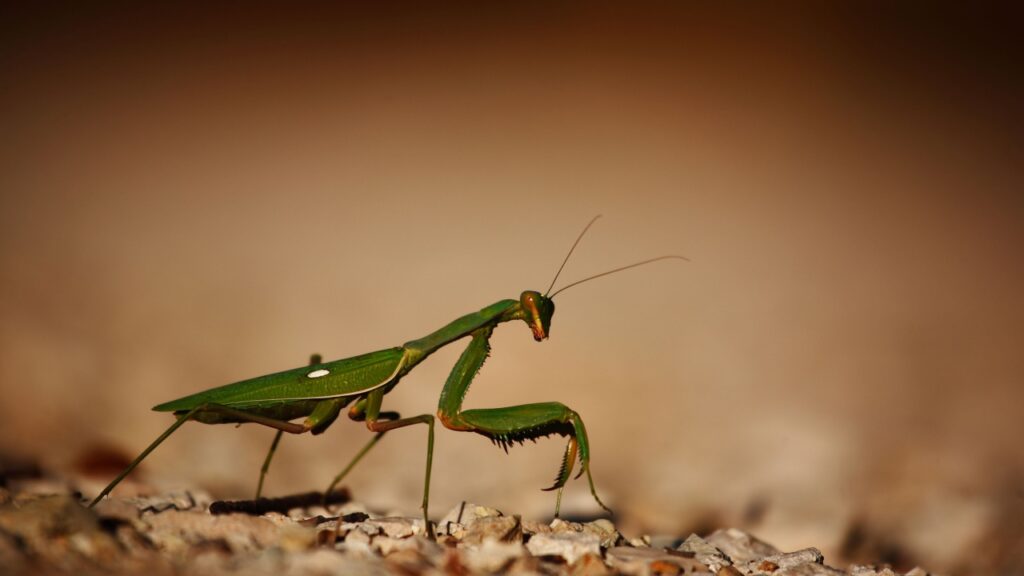
The praying mantis is a master of disguise and lightning-fast strikes. Despite its small size, this insect can catch and eat prey up to three times its own length, including birds and lizards. Its powerful front legs, equipped with sharp spines, can snatch victims in the blink of an eye. The praying mantis’s triangular head can rotate 180 degrees, giving it an almost supernatural awareness of its surroundings.
Tardigrade
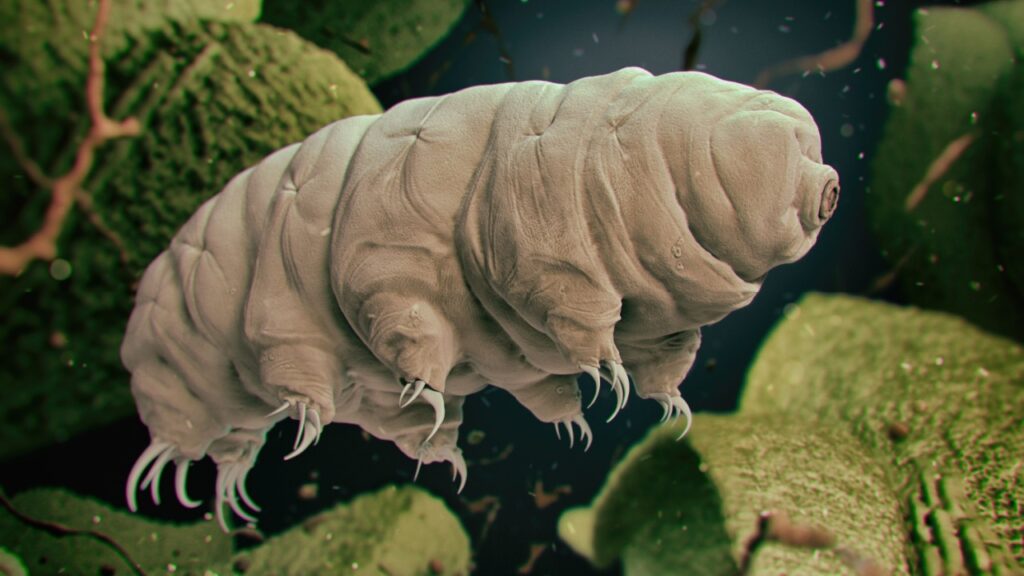
Tardigrades, also known as water bears, are microscopic predators with an incredible ability to survive extreme conditions. These tiny creatures can withstand temperatures from near absolute zero to boiling, intense radiation, and even the vacuum of space. Despite their small size, tardigrades are voracious predators, using a tube-like mouth to pierce plant cells or smaller animals and suck out their nutrients.
Poison Dart Frog
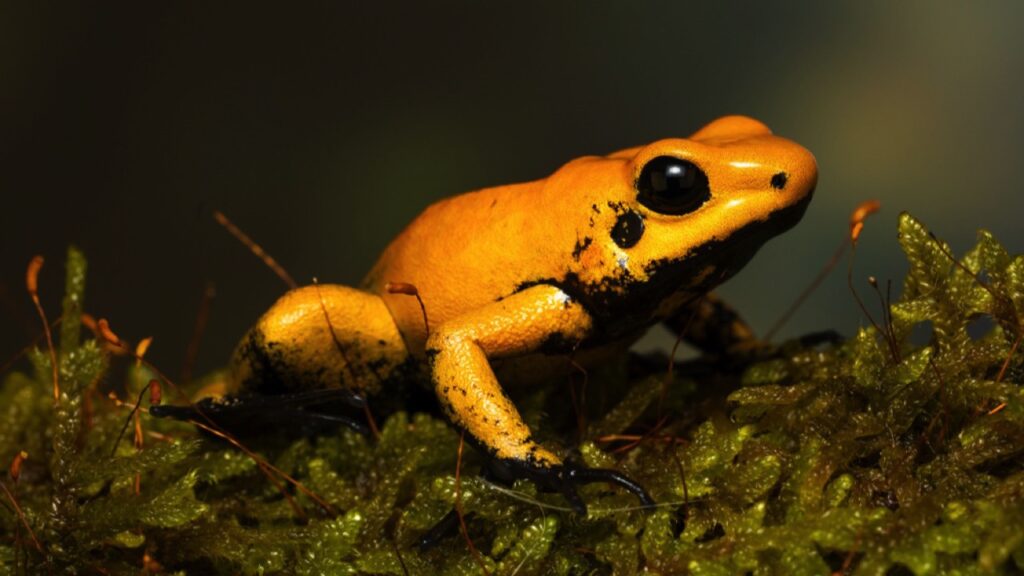
Don’t let their bright colors fool you – poison dart frogs are among the most toxic animals on Earth. These tiny amphibians, some smaller than a paperclip, carry enough poison to kill ten grown men. Their vibrant hues serve as a warning to potential predators, while they hunt insects with their long, sticky tongues.
Assassin Bug
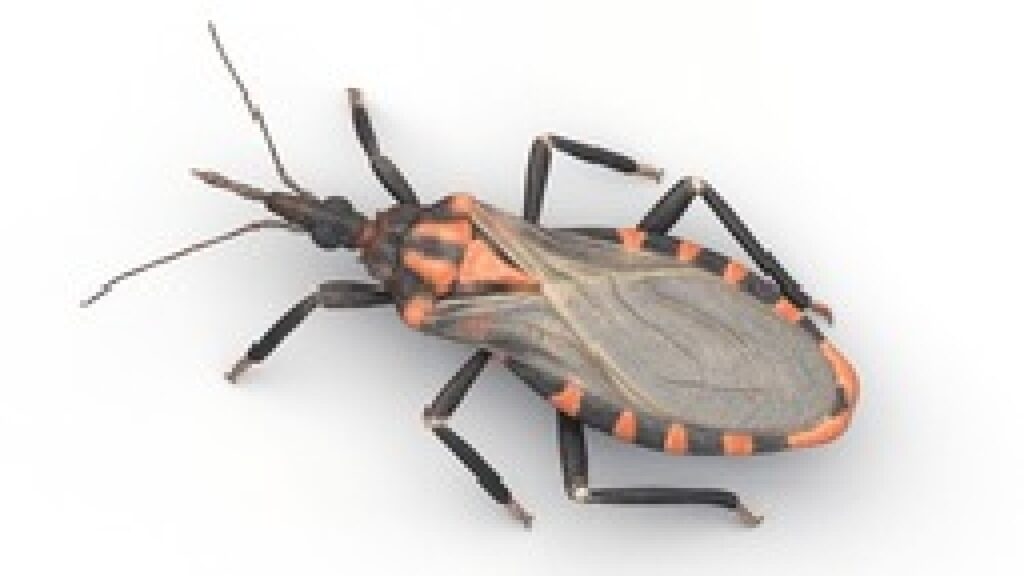
The assassin bug lives up to its name with its deadly hunting technique. This small insect injects its prey with a powerful venom that liquefies their insides, which the bug then sucks out. Some species of assassin bugs can even take down prey much larger than themselves, including lizards and mice.
Shrews
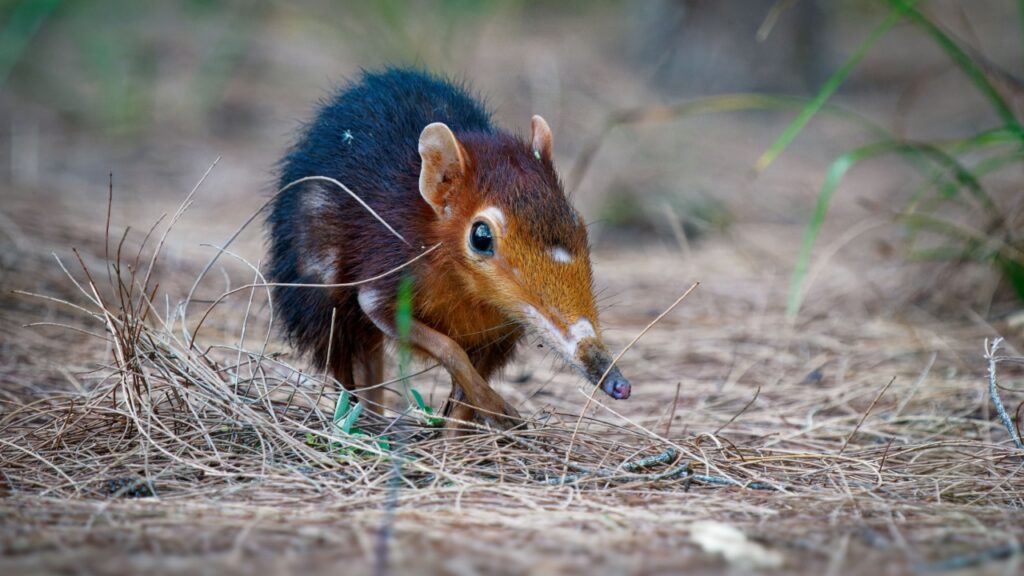
Shrews are tiny mammals with an outsized appetite. These mouse-like creatures have such a fast metabolism that they must eat constantly to survive. Some species of shrews are venomous, using their toxic saliva to paralyze prey much larger than themselves, including frogs and snakes.
Leopard Seal
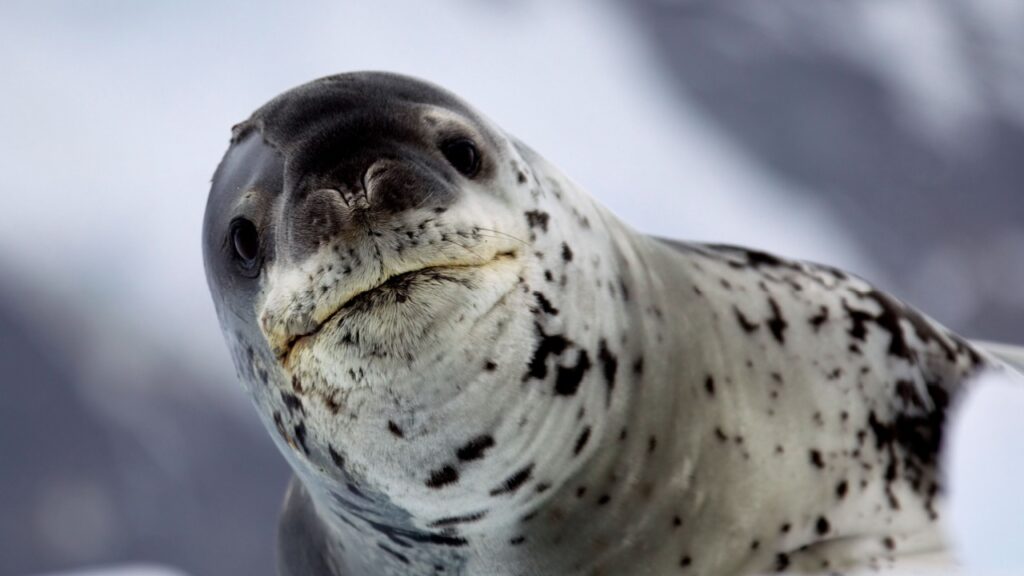
Don’t be fooled by their cute appearance – leopard seals are fearsome predators of the Antarctic. These agile swimmers can grow up to 11 feet long but are still considered small compared to their prey, which includes other seals and even small whales. Their powerful jaws and sharp teeth make them formidable hunters in the icy waters of the Southern Ocean.
Dragonfly
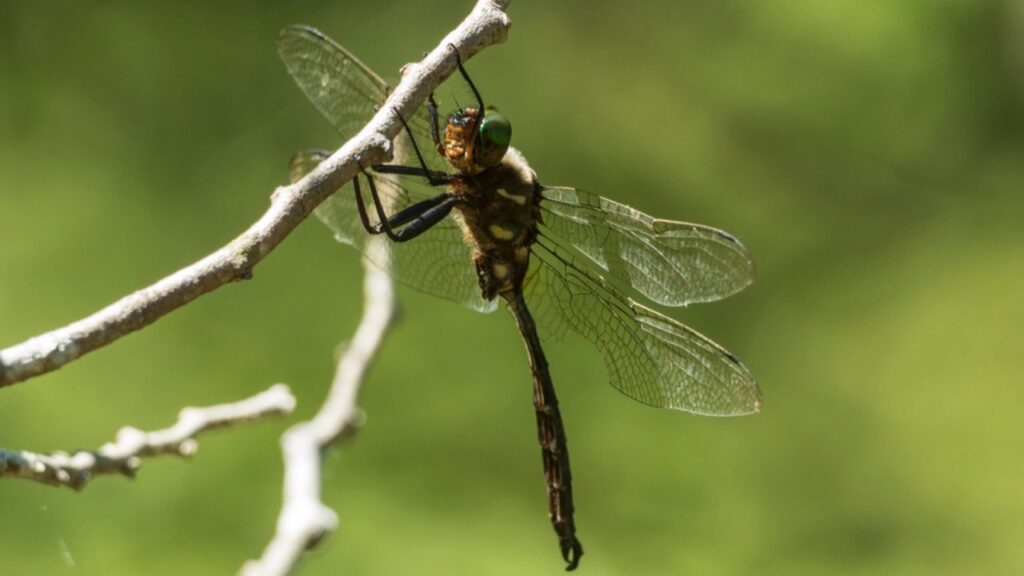
Dragonflies might seem delicate, but they’re actually highly efficient aerial predators. These insects have a nearly 95% success rate when hunting, making them one of the most effective predators in the animal kingdom. Their compound eyes give them nearly 360-degree vision, and they can fly in any direction, even backwards, making them expert hunters of mosquitoes and other flying insects.
Puffer Fish
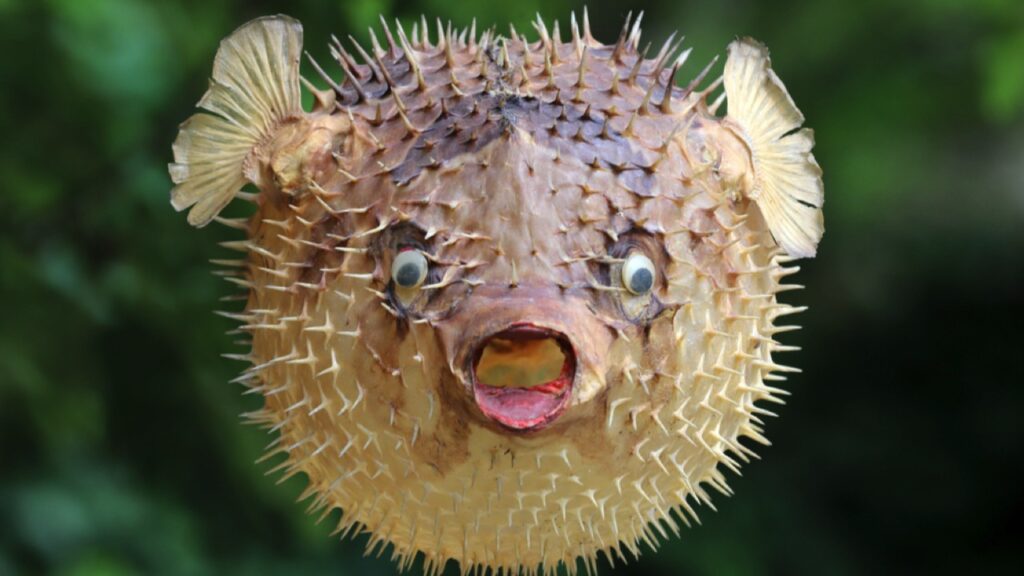
The puffer fish might look comical when inflated, but it’s no laughing matter for its prey. These fish can quickly expand their bodies by taking in water or air, turning themselves into a spiky ball that’s difficult for predators to swallow. Some species are also highly toxic, packing enough poison to kill 30 adult humans.
Tasmanian Devil
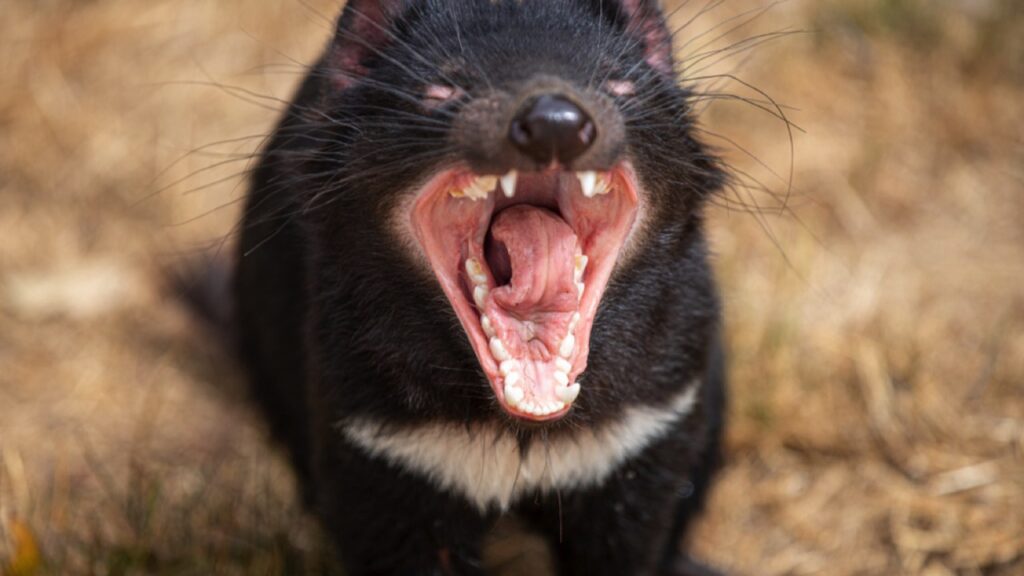
Despite their small size, Tasmanian devils have the strongest bite of any living mammal relative to their body size. These carnivorous marsupials can eat up to 40% of their body weight in a single feeding. Their powerful jaws allow them to consume entire carcasses, including bones and fur.
Margay
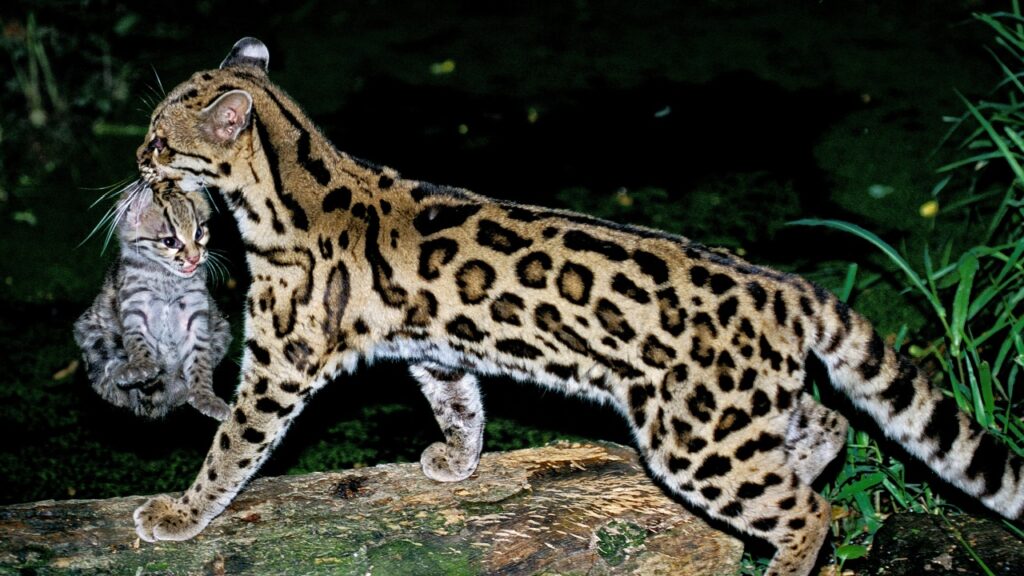
The margay is a small wild cat with some impressive hunting skills. These agile climbers are one of the few cats that can climb down trees headfirst, thanks to their flexible ankles. Margays have been observed mimicking the calls of their prey to lure them closer, a behavior rarely seen in wild cats.
Mantis Shrimp
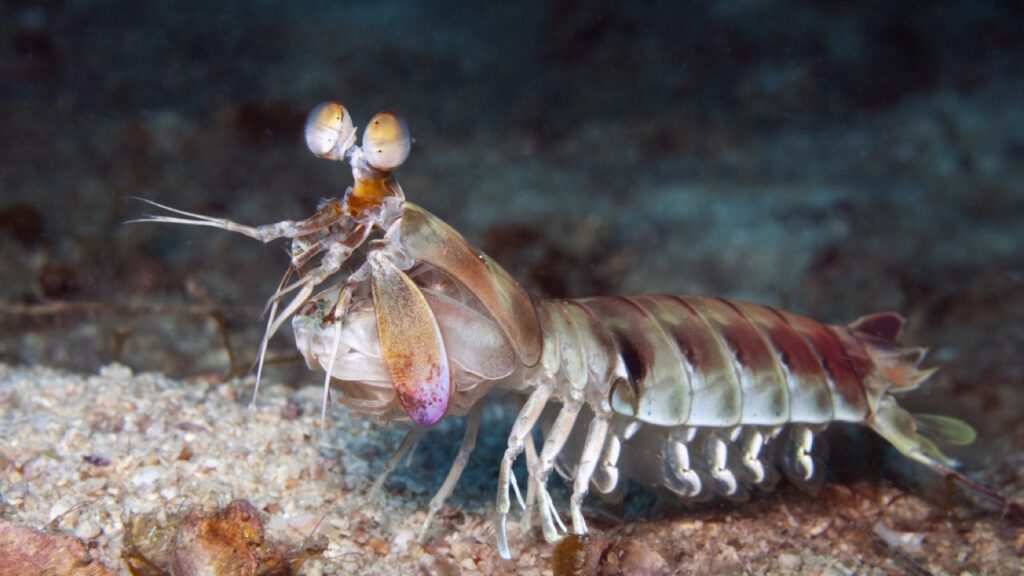
Don’t let its colorful appearance fool you – the mantis shrimp is a brutal predator. Its powerful claws can accelerate with the same velocity as a gunshot from a 22 caliber rifle, allowing it to smash through the shells of mollusks and crustaceans. Some species can even use their claws to create cavitation bubbles that stun or kill prey.
Tarsier
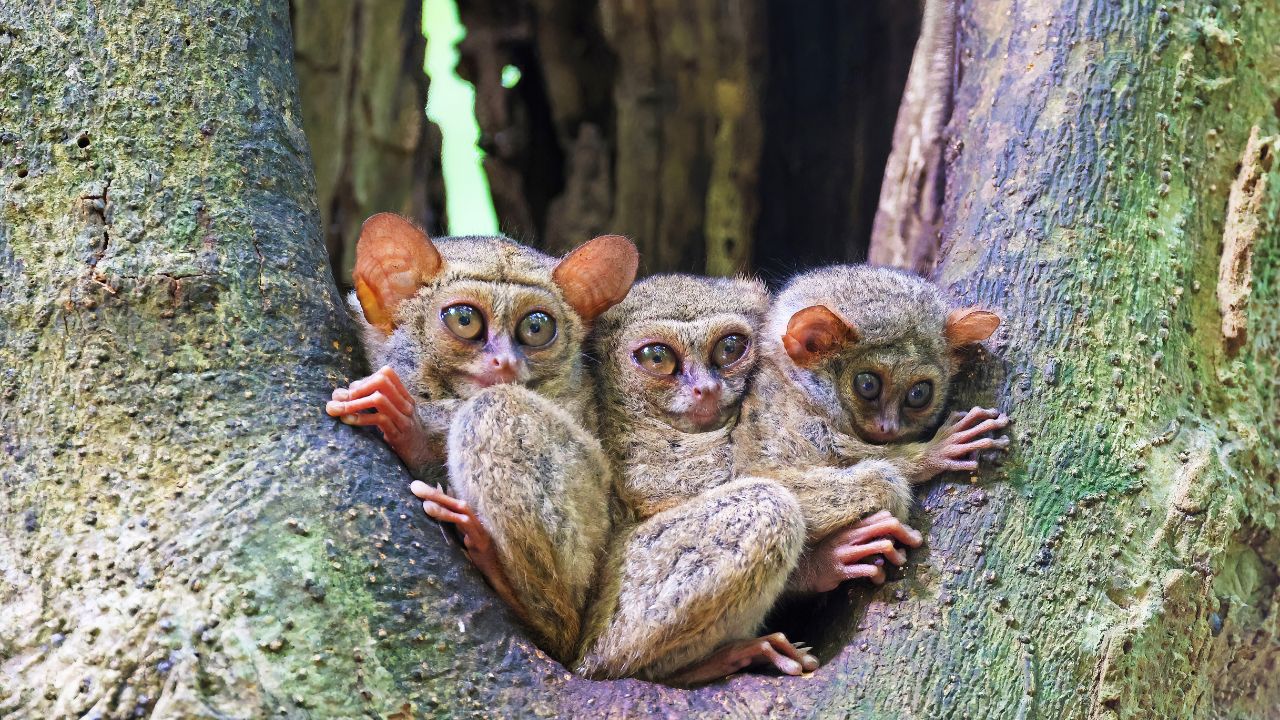
Tarsiers might look cute with their big eyes, but they’re actually fierce predators. These small primates are entirely carnivorous, feeding on insects, lizards, and even small birds. Their enormous eyes give them excellent night vision, while their long fingers and toes help them grip branches as they leap after prey.
Wolverine
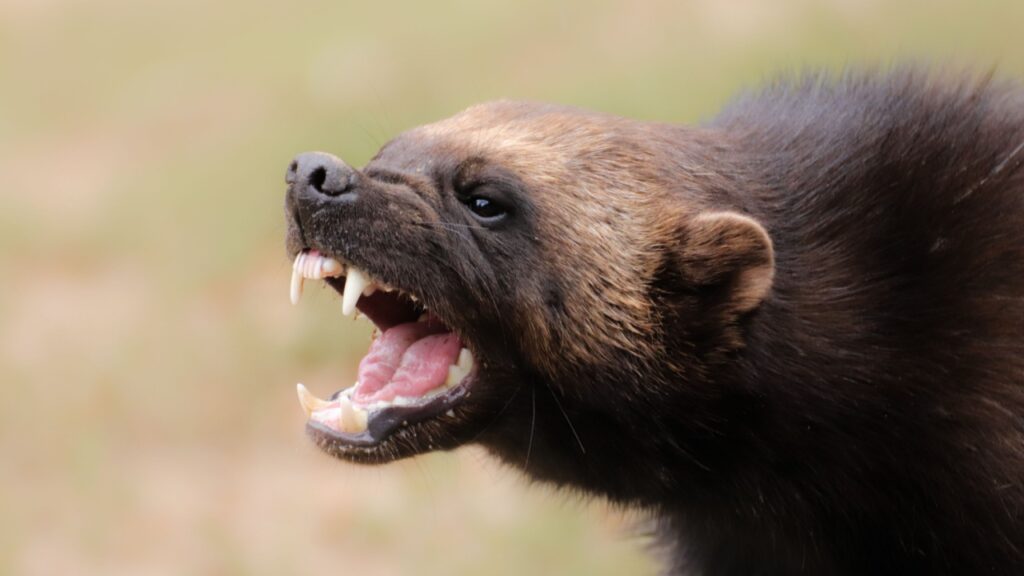
Despite weighing only 20-40 pounds, wolverines are known to take down prey as large as caribou. These fierce members of the weasel family have incredibly strong jaws and sharp claws, allowing them to hunt animals many times their size. Wolverines are also known for their tenacity, often driving away much larger predators from their kills.
Red-Tailed Hawk
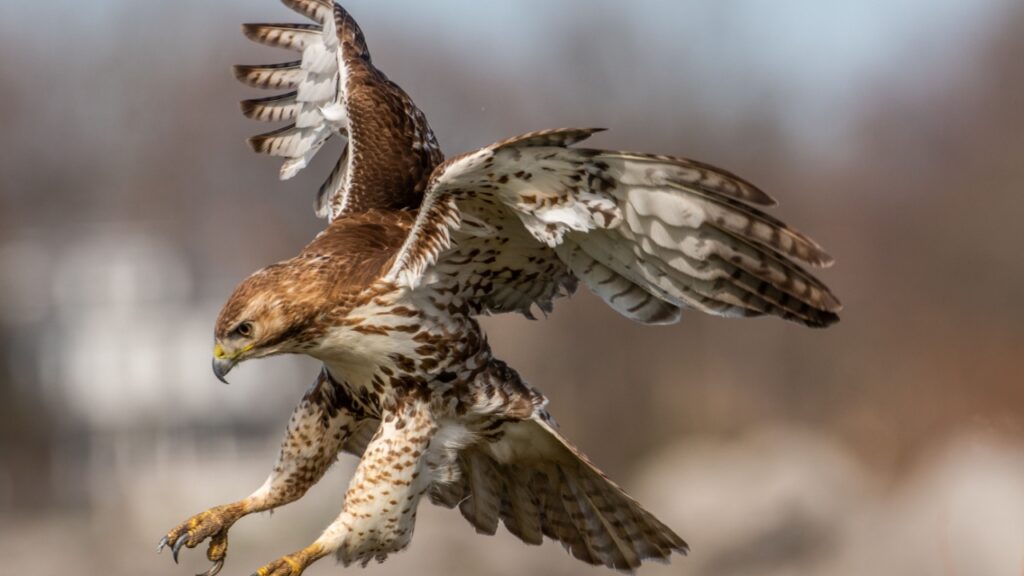
Red-tailed hawks are relatively small birds of prey, but they’re capable of taking down animals much larger than themselves. These raptors have been known to attack animals as large as small deer. Their sharp talons and hooked beaks make them efficient hunters, capable of catching prey in mid-flight or swooping down on unsuspecting animals from great heights.

